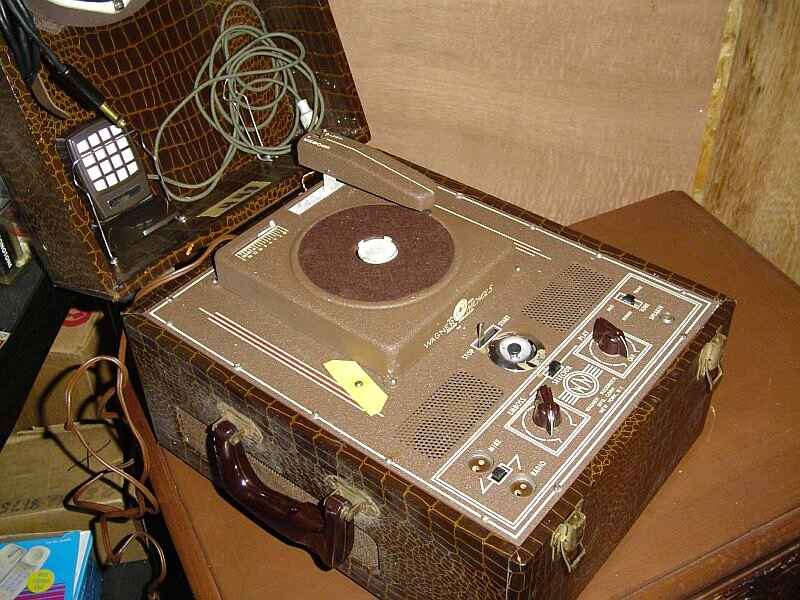Two things though, first, how difficult would it be to find / make blanks for this machine?
second, the machine is being sold in "as-is" condition. Do you think it would be very difficult to repair/find replacement tubes for this type of machine?
Thanks SOOOO much in advance for any advice you could share with me!
Cheers,
Dewey




